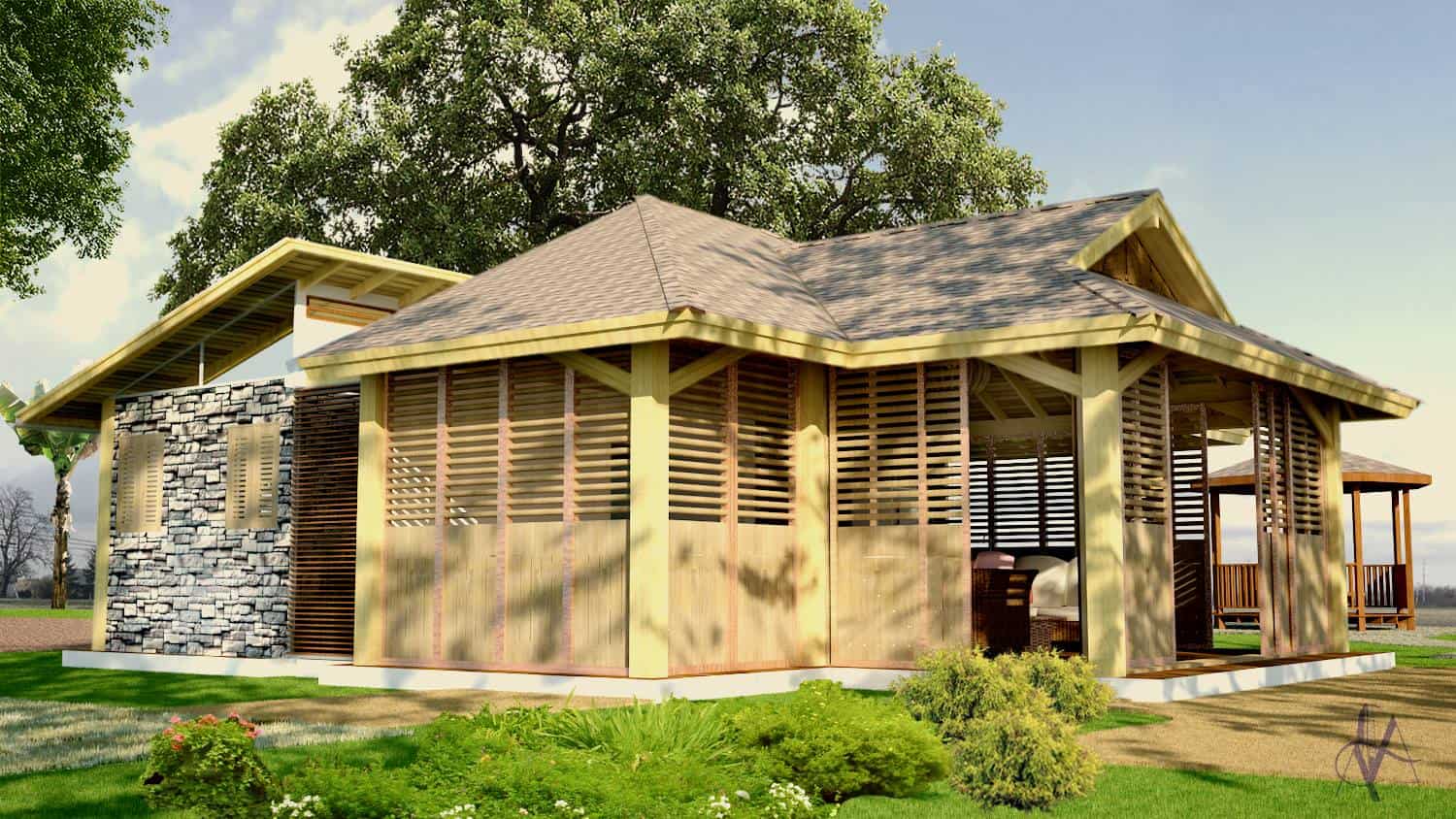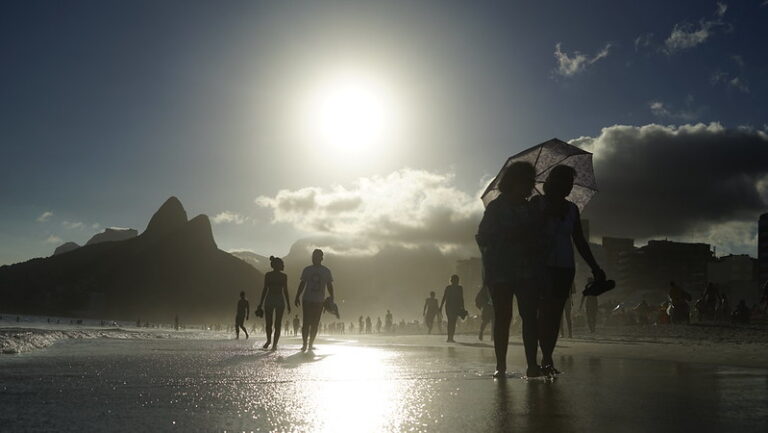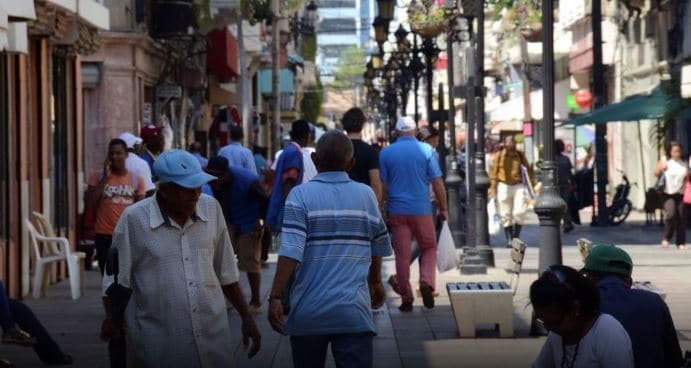5 Key Tips Before Buying Or Building a Property In The Dominican Republic

I recently read a story about an American named Timothy Reed that broke my heart.
This gentleman, in search of his dreams in a South American country, sold his house in North America, took his savings to South America and decided to buy a property.
Timothy made some mistakes, perhaps because of his fixation to achieve his dream of owning a property in that country, he was not aware of some things that were happening around him and this cost him his life.
In this topic, I would like to give you some advice if you are determined to buy or build a house in the Dominican Republic.
These tips are practical, they have to do with technical and legal issues, but also, there is a very important factor, which is the human factor, which in Timothy’s case was what went wrong.
Contents
1- Do not negotiate with “terrorists”
Have you ever heard in movies the phrase “I don’t negotiate with terrorists”?
This may sound like crazy advice, but believe me, this has worked 100% for me in both my personal and professional life when it comes to doing business.
In Timothy’s case, I saw videos of him in life explaining that he was frustrated with the person he was negotiating with, I could perceive very negative energy even on video.
I have a philosophy, and this will be my first piece of advice, if you are going to buy, rent, build or invest a large amount of money in a property in the Dominican Republic or anywhere else in the world.
You must take a good look at the people you do business with, personally, I have an ability that I could say is almost a gift of reading a person’s eyes or body language.
Don’t think I’m a sorcerer or anything like that, but I can read in people’s eyes if they are conflictive and troubled, even if they pretend not to be.
I do NOT do business with people that I perceive as conflictive, violent, deceitful, etc, the first moment I feel a “negative vibe” I walk away from the business.
This has saved me a lot of headaches and inconvenience when doing business with other people.
Here in the Dominican Republic there is a phrase “not all money is earned”, I would add “not all money is invested”, sometimes you have to let things go when they are not convenient.
I prefer to lose money, or spend a little more, rather than do business with people who are conflictive or who want to take advantage of you.
If you are going to spend millions of pesos on a property, I advise you, know the person you are going to negotiate with, if you feel negative signals or conflict, that is a big red flag.
2- the foundation of the house is the most important thing
Now we are getting into the subject, in case you buy land to build in the Dominican Republic, remember that the foundation of the house is the most important part.
In the Dominican Republic, it is customary to build in an empirical way, giving a depth of 0.60 cms to the foundations.
This is not always appropriate, the correct thing to do is to make a soil analysis and based on this to know the type and depth of the foundation to build.
Most people do not do this analysis because it costs a little money, and also because the 0.60 cms depth in most cases works well.
If your soil is of high plasticity (easily deformed), you should be very cautious and look for a depth where it is firm enough for the foundation.
In some cases, it is necessary to backfill with material to provide firm soil.
In cases of extreme plasticity, very wet soils that are practically mud, it is advisable to build with slab foundations, and not with footings.
If you build a house with a footing on very weak ground, and the depth is not enough, you could have differential settlements.
This means that your house could sink at different points depending on the distribution of loads, and if this happens…well, money lost.
Another empirical practice in construction in the Dominican Republic is to use hand-mixed concrete for foundations and structural elements.
This practice, although it is much more economical, is not entirely advisable, hand-mixed concrete usually does not exceed 180 kgs/cms2, when the general minimum standard is 210 kgs/cms2.
3-The position and shape of the ideal terrain
As a designer, I have had to design a few times a set of blocks of land, the ideal shape of a land is always rectangular.
With this shape, space is better utilized for construction and distribution, slightly square space is also good.
In a rectangular lot, the best use is always made of the space when defining the side boundaries.
You must take into account when choosing the land, the position of this in relation to the street in terms of height, draw a level from the street to the land.
If the land is too far below the street level, it is very likely to suffer from rain flooding or water stagnation.
4-Taking advantage of the position of the sun in the Dominican Republic
Regarding the position of the lot, you must visualize your future house on the lot, in reference to the front of the street and the front of the house.
Personally, I have always preferred house constructions where the shadow faces the front, but in the Dominican Republic, this is not recommended.
At the moment of designing a house, it is always advisable to orient the bedrooms to the part where the sun does not die, because at night they will not be hot by heat transmission.
For this, you should locate the East and West of your lot, so that you try to locate the bedrooms to the East.
This way you will have the sun coming into your bedrooms in the morning, and in the evening, you will have cool bedrooms with the sun going away.
5-Taking advantage of the position of the land in relation to the winds of the Dominican Republic
This is essential when buying a land or house, in case it is going to be built from scratch.
You must take into account the winds of the Dominican Republic to know where to place the windows and which spaces to leave with terraces.
The Dominican Republic is a country with a very hot climate, it is advisable to take advantage of natural ventilation and orient large windows with cross ventilation.
In the Dominican Republic, trade winds predominate and can be classified into day and night winds, although they can also change depending on the city.
For example, in the city of Santo Domingo and in most of the country, during the day the breezes blow from the southeast and at night from the north.
Taking this information into account, the idea is that the land is facing east, since this would be the ideal zone for the social areas, which would be very well ventilated during the day.
This does not apply to buildings that are directly in front of the sea or the beach, since due to the heating of the water, there will always be wind from the land towards the sea during the day, and during the night the opposite.
The same advice applies to the Punta Cana area.
When designing and building your house, if you take into account all these details, things will be much better.
If you want to know the construction costs in the Dominican Republic, I wrote a topic about it some time ago.








Hi, I would like to know a few things, as my husband and I bought land in puerto plata. Is there a contact number I can talk on.
Let me know.
hello, you can write me to my personal email and I will send you my phone number.
elvisalcequiez@hotmail.com